Scores




Tuberculosis (TB) is an infectious disease, which is, unlike viral diseases, caused by a bacterial pathogen – Mycobacterium tuberculosis. It is contagious and airborne, spreading through the air. Tuberculosis generally affects the lungs, but can also affect other parts of the body.
Tuberculosis is considered to be the deadliest infectious disease worldwide, infecting more than 10 million people each year and killing 1.6 million people in 2017.
Tuberculosis is the leading killer of HIV-positive people. In 2016, 40% of HIV deaths were associated with tuberculosis.
TB affects one-fourth of the world's population. However, most people don't experience any symptoms. This condition is known as latent TB, which isn't contagious and can be dormant for years before developing into active TB disease, which can spread to others.
In most cases, tuberculosis can be treated successfully with antibiotics as long as it's diagnosed on time. The number of TB-related deaths and the TB incidence rate are in decline around the world. However, growing resistance to the first- and second-line drugs used to treat tuberculosis has been reported in the recent years (600,000 cases worldwide in 2016), which could make the disease even deadlier.
Tackling the TB epidemic is challenging due to many problems, including millions of TB cases that remain undetected or not reported, multidrug-resistant TB crisis, a suboptimal response to the TB and HIV co-epidemics, enormous costs for TB patients, and the slow adoption of new tools.
Significant gaps in financing for service delivery and research also present a serious challenge for solving the global TB problem.
The funding required for a full response to the global TB epidemic in low- and middle-income countries was estimated at US$ 9.2 billion in 2017, excluding research and development.
Based on country reports, US$ 6.9 billion was available for TB prevention, diagnosis, and treatment in 2017, leaving a funding gap of almost US$ 2.3 billion. Also, at least an extra US$ 1.2 billion per year is needed to accelerate the research and the development of new tools.
Ending tuberculosis by 2030 is one of the most significant health targets of the United Nations Sustainable Development Goals (SDGs), which requires intensive action and involvement by all countries, especially those with a high TB burden.
The World Health Organization (WHO) developed End TB Strategy within the context of the SDGs. This strategy includes a 'package of interventions organized around the three pillars of integrated patient-centered care and prevention, bold policies and supportive systems, and intensified research and innovation that should be adopted at the country level.'
The goal of the WHO's End TB strategy is to accelerate the decline in global TB incidence and mortality rates thanks to the implementation of a combination of biomedical, public health and socioeconomic activities.
As a part of these efforts, the Global Tuberculosis Programme of the World Health Organization (WHO) has released the "Compendium of WHO Guidelines and Associated Standards" to support the delivery of care for all people affected by tuberculosis (TB).
The Compendium is also available as a free mobile app for Android and iOS.
The Compendium app has been developed as a clear and concise reference for healthcare providers and facilities to help better understanding and planning of delivery of high-quality care for everybody affected by tuberculosis.
The app includes all recent TB policy guidance and recommendations from WHO covering diagnosis, treatment, and care of tuberculosis, as well as key algorithms that are essential to a patient-centered approach in the cascade of TB care.
All information is structured into 33 WHO standards grouped into 9 categories including Early detection of TB, Diagnosing TB disease, Diagnosing latent TB infection, Treating TB disease, Treatment of latent TB infection. HIV and other co-morbid conditions, Managing TB in children, Monitoring and evaluation, and Supportive approaches.
The content provided is easy to read, except the tables and algorithms, which aren't formatted for a mobile view, at least not in portrait mode. Also, all standards contain links to the individual, comprehensive WHO policy guidelines.
The Compendium app includes TB-specific tactics not only for healthcare providers, but for all stakeholders, including local communities, organizations, and governments.
Basically, this means that any user in the hierarchy can use the app to guide a patient through tuberculosis prevention and care options.
Besides Compendium part, the app has two more sections. The 'Front Matter' is a sort of introductory section with a foreword, acknowledgments, terms of use, introduction, policy development process, and abbreviations.
Settings, as its name suggests, is supposed to allow users to change the settings of the app. However, this section is quite confusing. It contains abbreviations (just like in Front Matter section) and all WHO standards materials with links.
Users can only set the size of the font, the color of the background, and they can add notes, however, I'm not sure what's the purpose of being able to add a single note into Settings section. Ability to annotate or bookmark content within standards would be more useful.
I've also noticed that the user experience is quite slow, particularly the loading times when opening Standard sections, which took 15-20 seconds.
The app creators promised that the Compendium app will be updated annually to allow incorporation of new evidence emerging from the rapidly evolving TB diagnostic and treatment landscape.
Overall, the Compendium by WHO is a must-have app for all healthcare providers and facilities, as well as all stakeholders who guide patients through TB prevention and care options.
Benefit: The app can be used as a medical reference and TB knowledge base by national tuberculosis programs, local communities and organizations, and healthcare providers in both private and volunteer care facilities.
Verdict:
For- 33 WHO TB standards provided in a single resource and easy-to-read format
- All materials and resources are available separately with links
- Created and maintained by authority resource
- Slower load times
- Settings section should be organized better


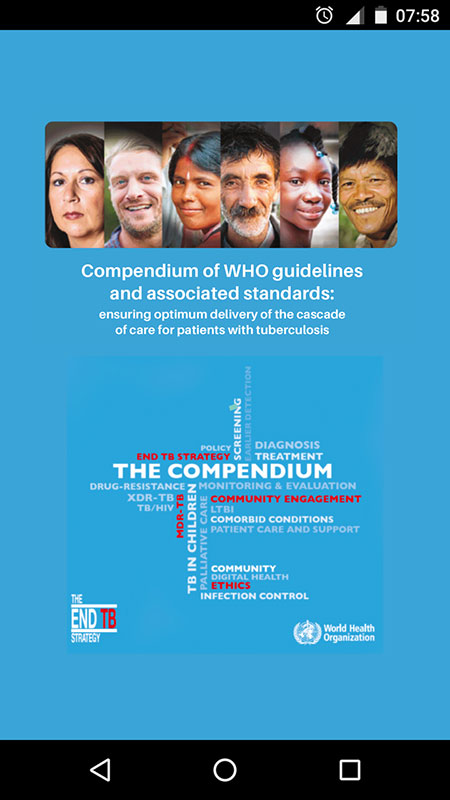
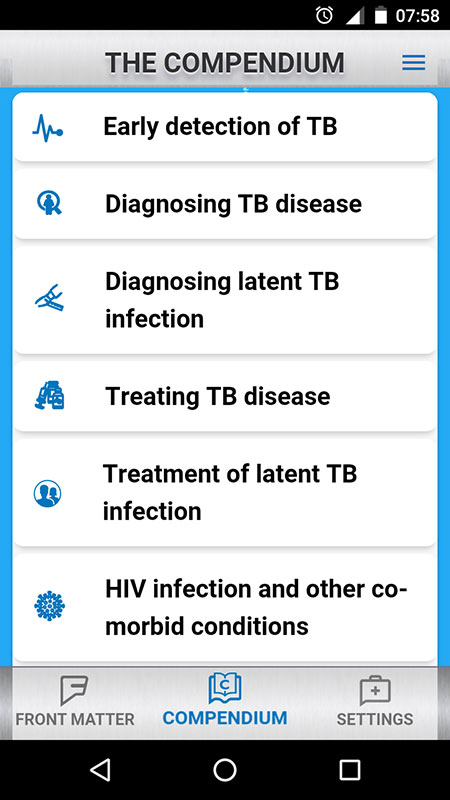
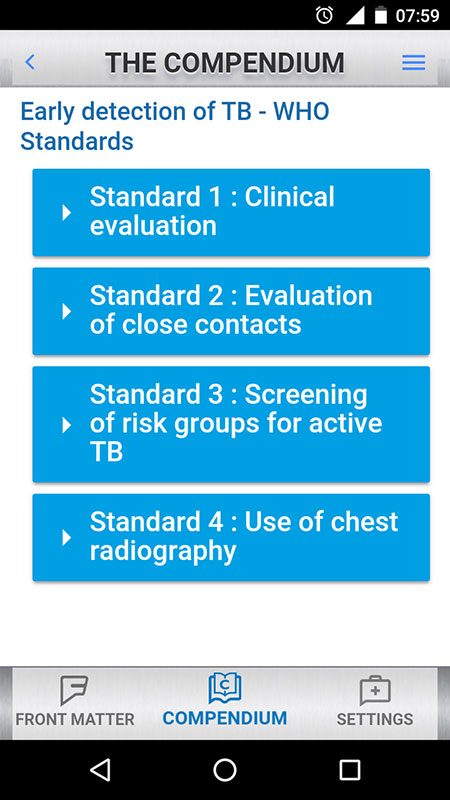

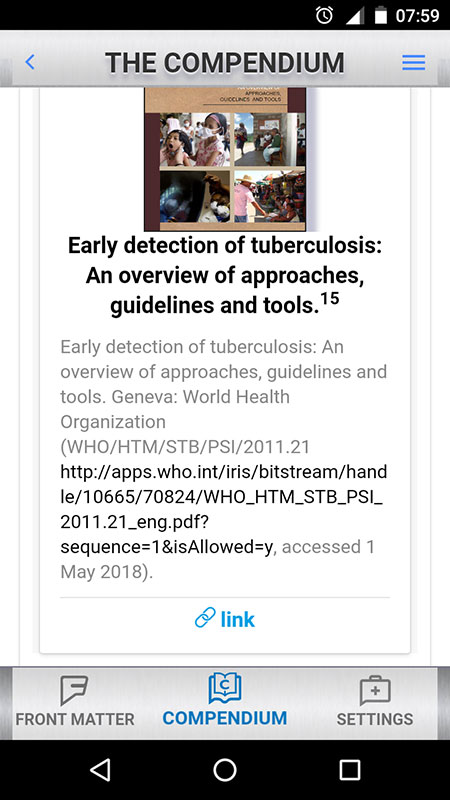
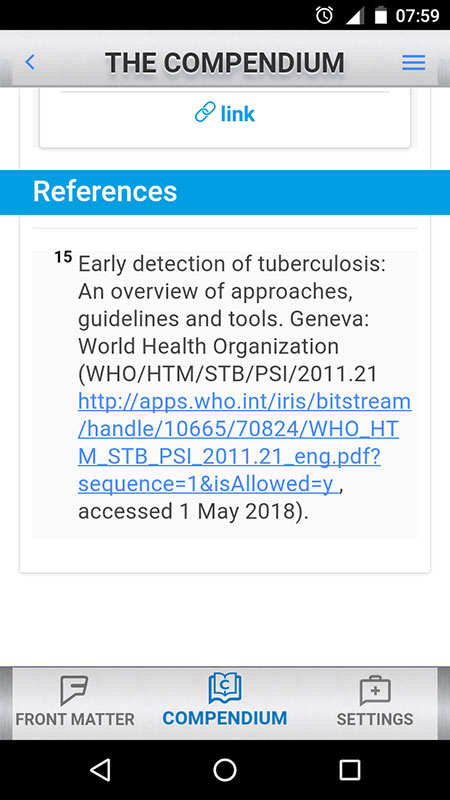
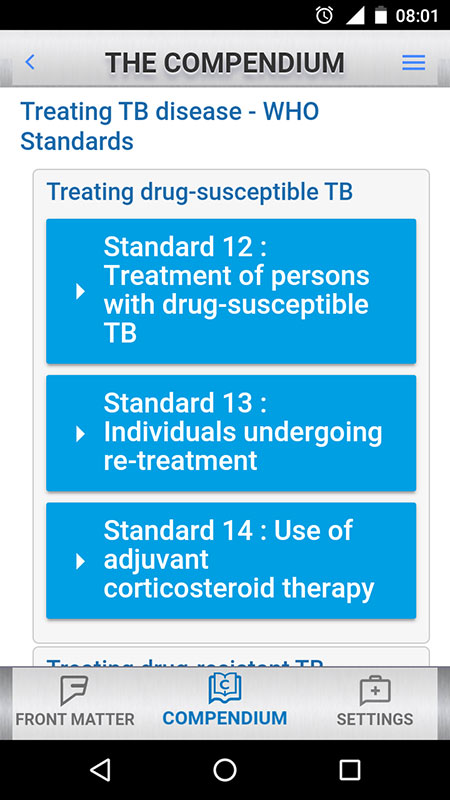
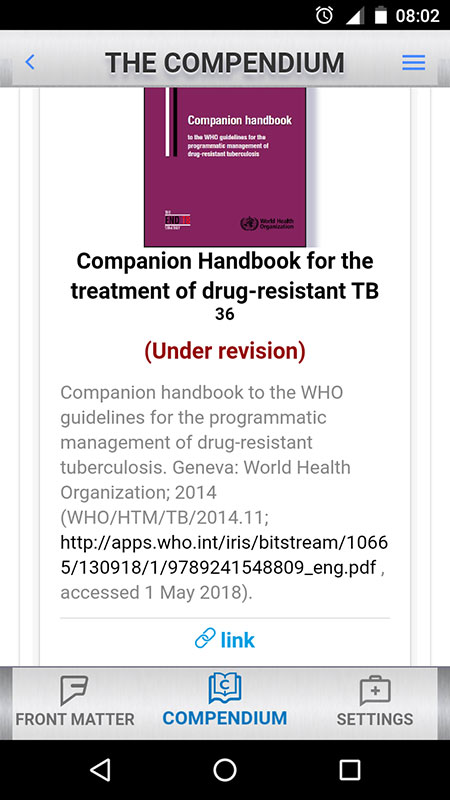

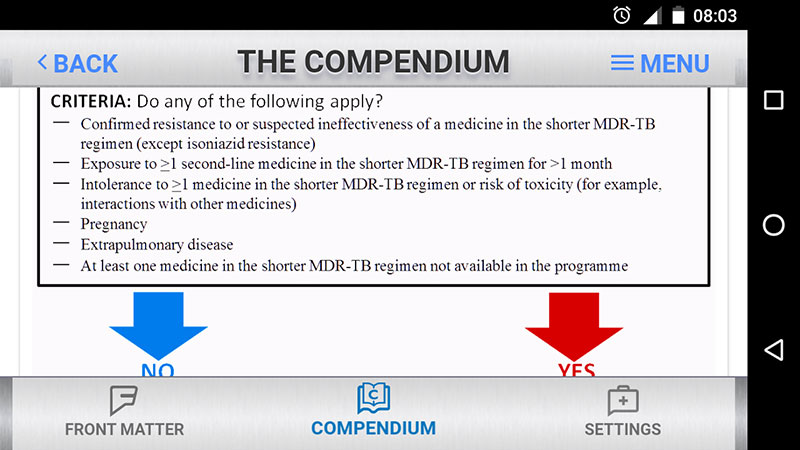
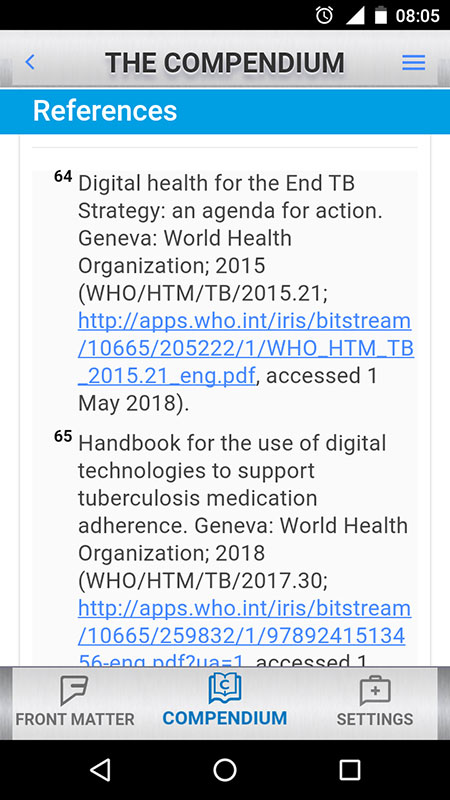
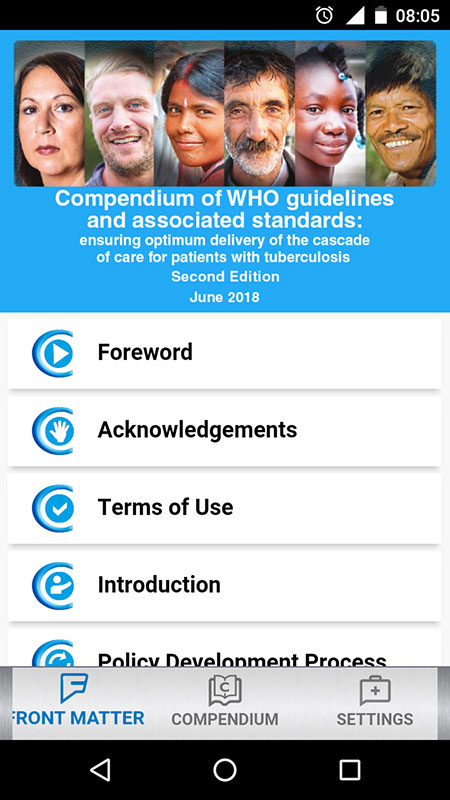
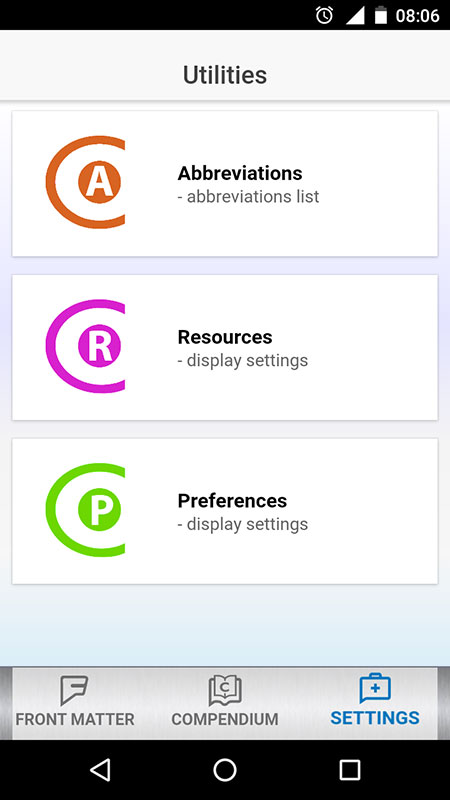
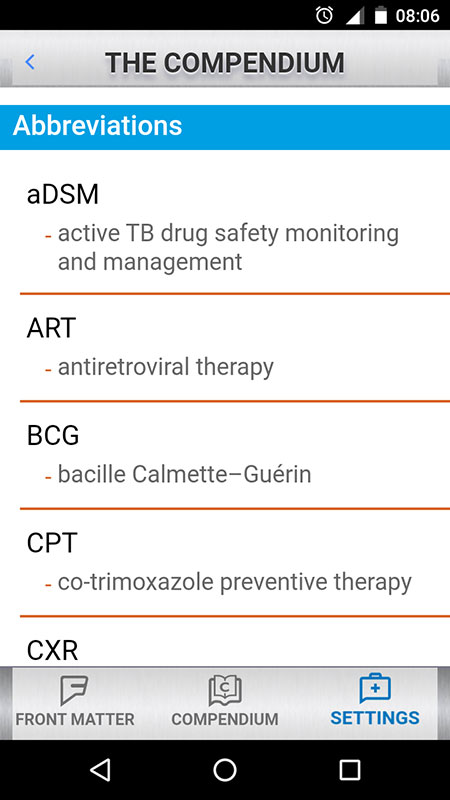
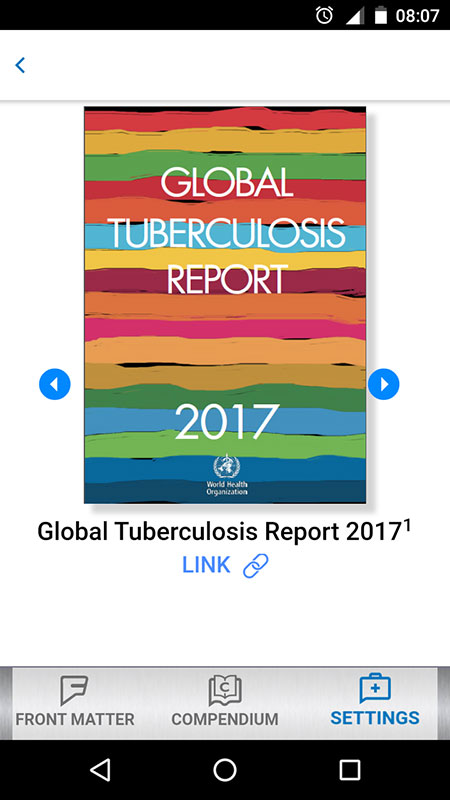
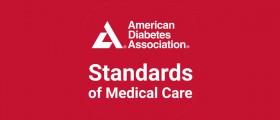


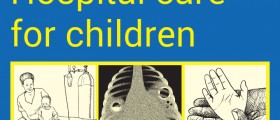

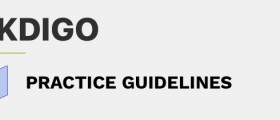
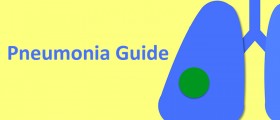

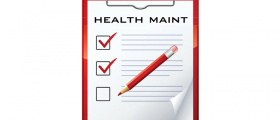
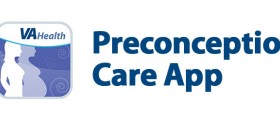

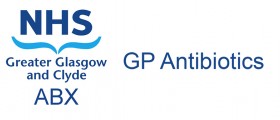


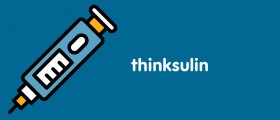



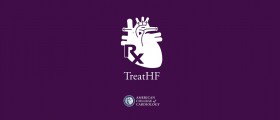
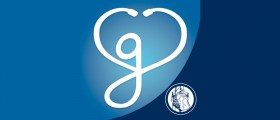
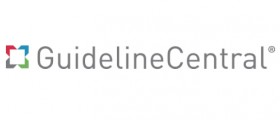
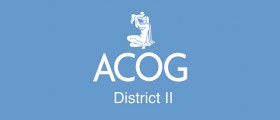
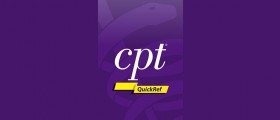
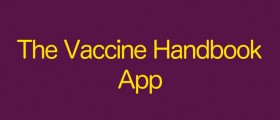

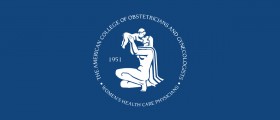

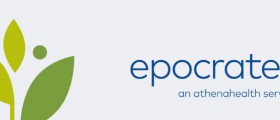


Your thoughts on this
Loading...